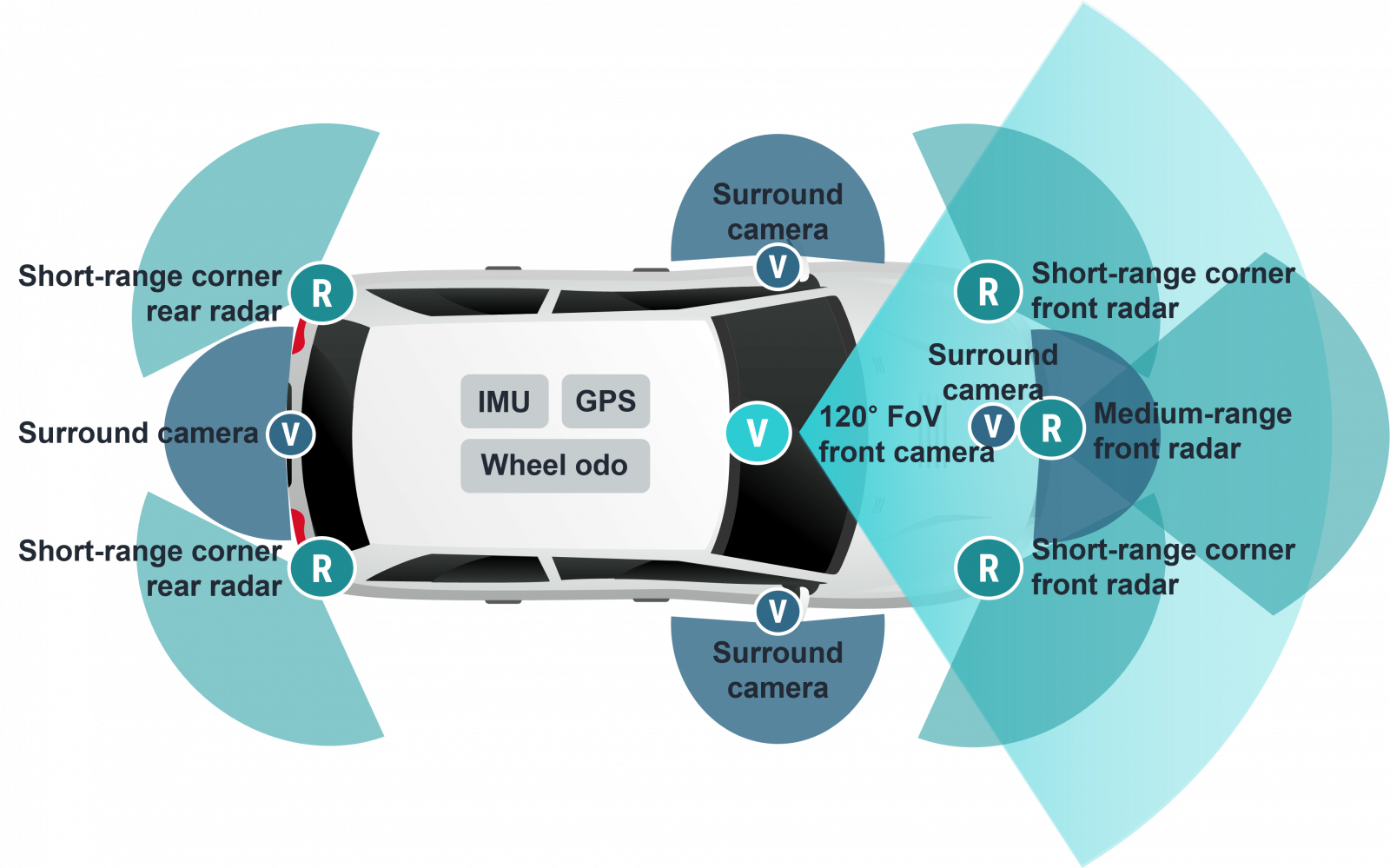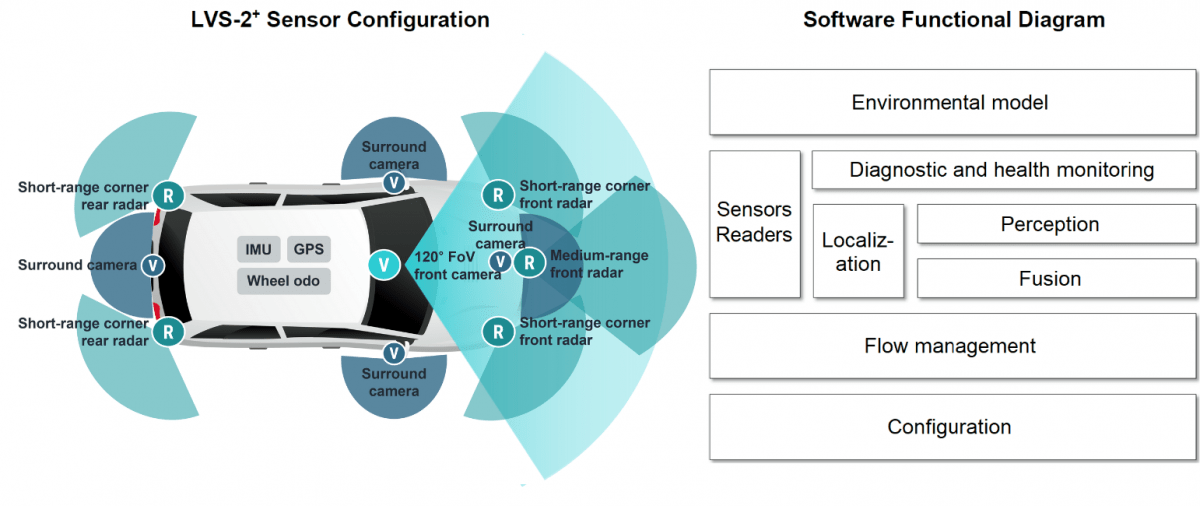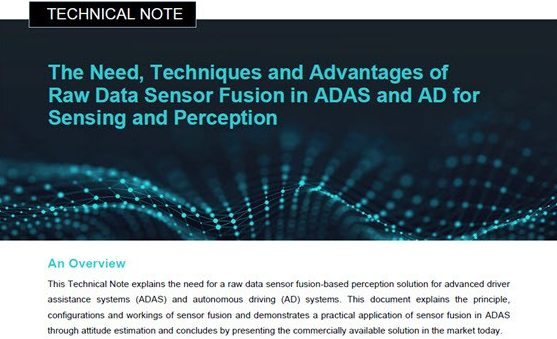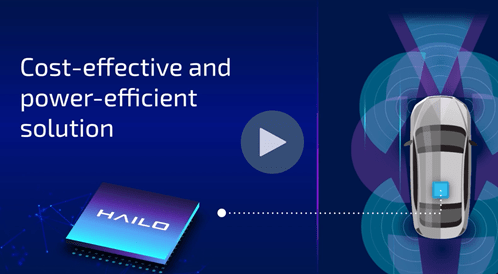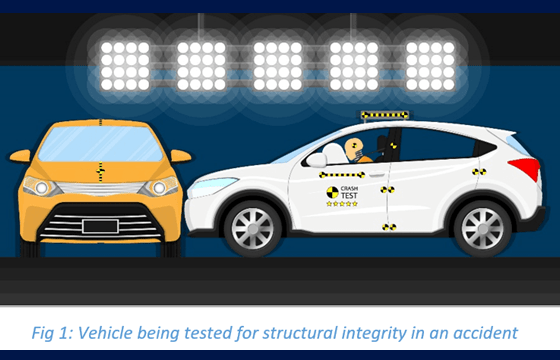产品概览
新推出的 LVS-2+ 是一个全面的融合与感知软件栈,支持高级环视 L2/L2+ ADAS 高速公路辅助和 5 星 NCAP 2025/GSR 2022 安全应用。LeddarVision™ 底层融合(LLF)和感知技术可利用单一架构方法实现从入门级到高级 ADAS 的功能,随着传感器的增加而有效扩展计算能力,并随着传感器的变化而减少返工。基于 LeddarVision 架构,LVS-2+ 将 LVF 前视产品系列的 1VxR 传感器配置有效扩展为 5V5R 配置,增强了对 TJA 和 HWA 应用的支持,实现了自动变道、超车和扩展速度范围的自适应巡航控制 (ACC)。
功能和优势
LVS-2+ 实现了优质的融合与感知、定位与预测堆栈,可处理传感器接口、离线和在线校准与诊断、传感器同步、传感器融合、目标检测与分类,并可扩展至包括未分类的目标和事件(如切入)、连续跟踪与稳定、自由空间检测、道路模型、综合交通标志检测、高速公路交通灯检测、车辆里程计接口、自我运动定位以及使用高清地图输入的全局定位。
LVS-2+ 软件堆栈还能将高清地图和 V2X 等外部传感器融合到一个统一的环境模型中,从而增强对 ADAS 功能的支持(如高曲率坡道)。LVS-2+ 还通过轨迹预测、感知分解、ODD 分析、传感器覆盖范围和健康监测扩展了安全功能支持。
产品系列
LVS-2+ 产品是 LeddarVision 产品系列的一部分,面向入门级到高级 ADAS。全面的路线图为不同的细分市场提供不断增长的功能支持。LVF 配套产品系列面向入门级到高级前视 ADAS,采用 1V2R 到 1V5R 传感器配置,提供经济型解决方案,支持 GSR 和 5 星 NCAP 2025,具有全面的感知功能。



